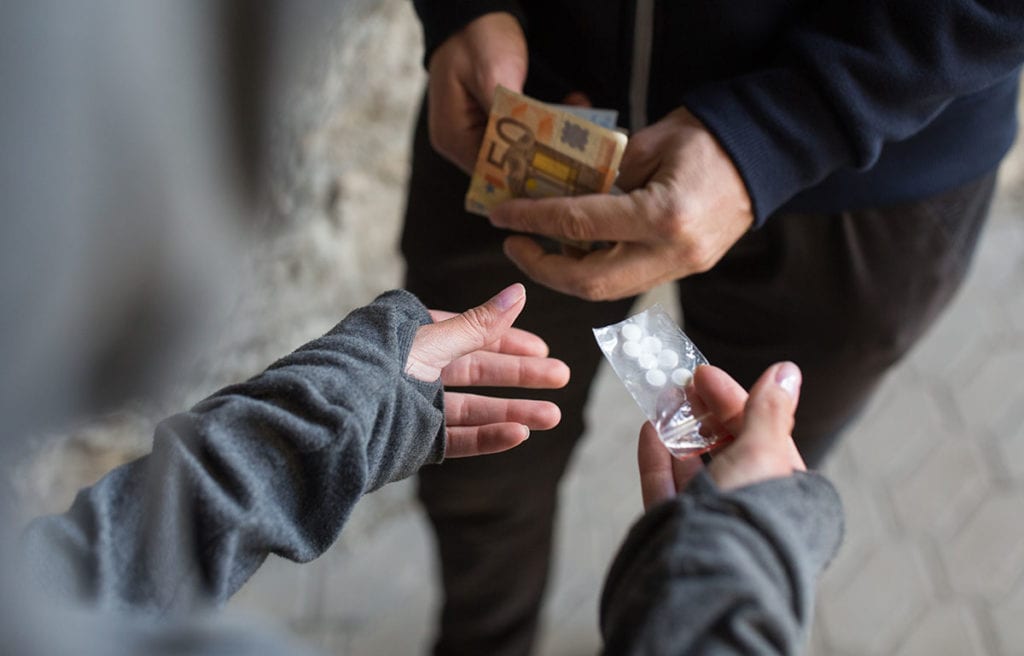Embed and share
The Cost of the War on Drugs
Did you know that over half of the more than 210,000 prisoners jailed in the federal prison system are there because of a drug-related offense? The United States has spent billions of dollars arresting, convicting, and jailing drug offenders, many of whom are addicts. Once the sentence ends, they are released on the street, no healthier than they were before. Are taxpayer dollars better spent incarcerating drug offenders or rehabilitating them? You decide.
Who Do We Arrest?
The vast majority of arrests occur because of possession charges — not trafficking or manufacturing. In fact, nearly 82 percent of the more than 1.6 million arrests were for possession of a controlled substance. In addition, prisoners who were convicted of a violent crime are very likely to have been under the influence of drugs during the illegal incident. Add alcohol to the equation and most violent crimes relate to substance abuse — whether the substance was legal or not. The United States spends about $500 every minute fighting the war on drugs, with over $2 billion spent between 2000 and 2010 alone. Most of the funds fight cocaine use and trafficking, with marijuana and methamphetamine next. Heroin, one of the deadliest of drugs, follows. In addition, total drug seizures increased nearly every year, with the peak occurring in 2009. The bottom line? We are spending a lot of time and money fighting drug use and trafficking — and that doesn’t even include the cost of caring for prisoners once incarcerated.
Comparing Incarceration to the Cost of Treatment
Some estimates suggest that the federal government spends about $64,338 incarcerating a drug offender for 25 months, the average-length sentence. In comparison, residential treatment costs roughly $32,974. What’s more, people who get drug treatment are two-thirds less likely to return to prison — an impressive statistic, given the recidivism rates usually suffered by drug offenders. Last July, we released an infographic on drug addiction that had some telling data about the costs borne by American Citizens to support a growing inmate population struggling with addiction. The infographic received a lot of attention and even inspired Fast Company to share our story with their readers. Since we are so driven to providing awareness for the important truth surrounding the benefits of preemptive therapy, we decided to re-visualize the data in the form of a video! You’ll be shocked to discover that due in large part to the War on Drugs, our prisons are becoming overcrowded with minor drug offenders. While American citizens bear the insane costs of supporting these individuals within our prison systems, statistics show that we are unable to prevent those inmates that are released from being incarcerated again. Do we keep a system that only perpetuates a problem, rather than solves one? Imagine if the government could better utilize its funds to provide preemptive therapy to first-time drug users. Fortunately they can, and they can save taxpayers a ton of money every year! Watch the video to find out exactly how much money you could save if they did! If you enjoyed this infographic, please share it with your friends!View the Video Infographic on YouTube.

